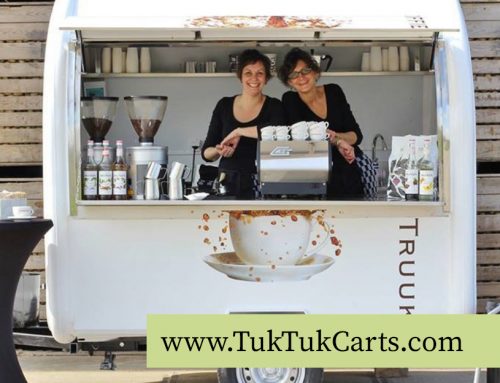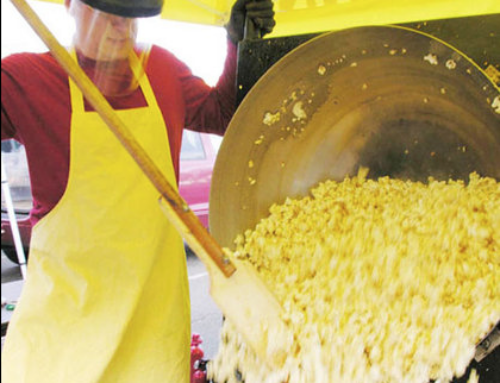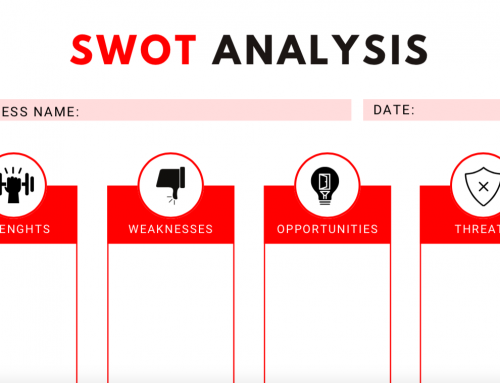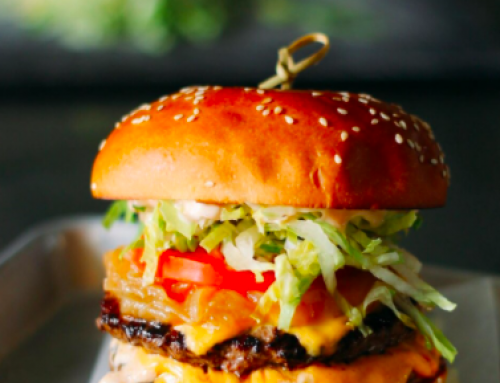As a mobile food vendor, your business encounters a variety of risks over the course of a work day: you could be involved in an accident on the way to an event, an employee could burn themselves while cooking over a hot grill, a customer could get sick from contaminated food or your truck could get stolen while being parked overnight. It’s all part of the assumed risk of getting into this type of business.
Fortunately, there are some specific actions you can take to reduce your own risk and avoid a potentially business ending accident.

What is Loss Control? The practice of trying to reduce the possibility or severity of a loss or an accident. So when it comes to insurance risks bodily injury and property damage are typically covered.
But loss control can also be applied for a food truck’s business profits. For example, your freezer could break down in your food truck. Do you have a plan in place that will help you avoid spoilage and prevent a greater loss. These are the things that keep Paprocki up at night.
Download the Loss Control Checklist (Available Below) – This document covers the following: food operations, food handling practices, fire protection and prevention, electrical equipment, cold storage and refrigeration, slip and fall, exterior safety, and general practices.
What You’ll Learn
- Ways to prevent losses in your business, including ways to reduce the severity of a getting cash stolen.
- In some extreme cases, large losses can result in a small business being shut down.
- Why theft is one of the most common risks a food truck may face due to the nature of their business and what to do about it.
- Why safety training for all employees is critical to prevent a large loss to a business.
- Why having a “pilot program” for all new employees can help ensure you’ve got the right applicant.
- How using the loss control checklist can help prevent some of the foreseeable dangers for a business.
- Ways you can improve the loss control checklist to make it more relevant to your own business.
- Why you need to be keeping track of near misses with your food trailer.
- The reason to re-evaluate how your business operates every 6 months.
Mentioned During the Show
loss-prevention-checklist – Download the checklist referenced on the show.
InsureMyFoodTrailer.com – This is Joel Paprocki’s insurance company. Paprocki serves customers across most of the United States and can answer any insurance question you throw his way.
Episode 012 – Previous episode on food truck insurance and why you should never pay for a certificate insurance and other tips.




